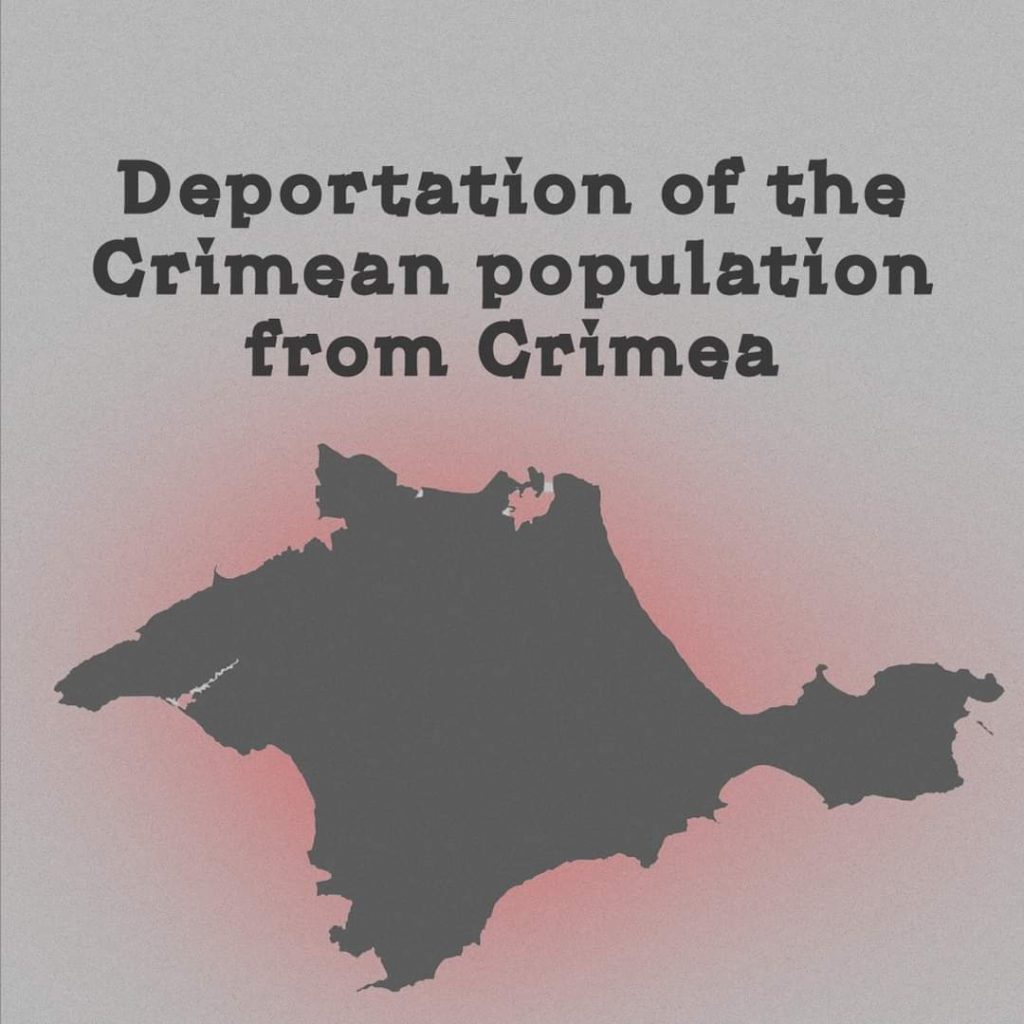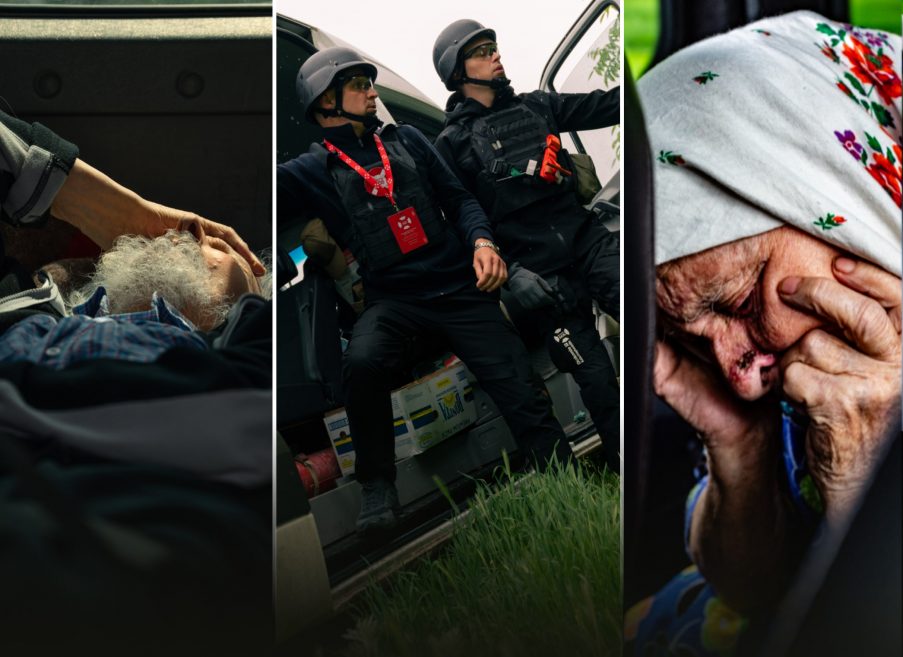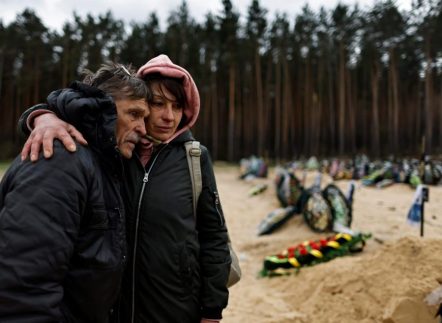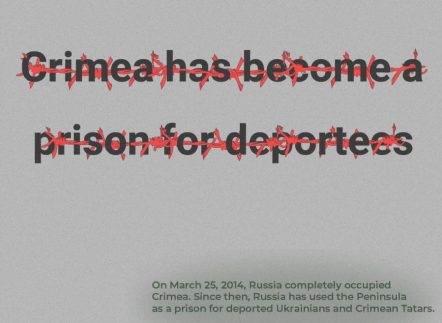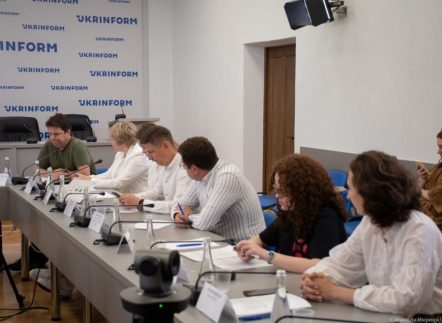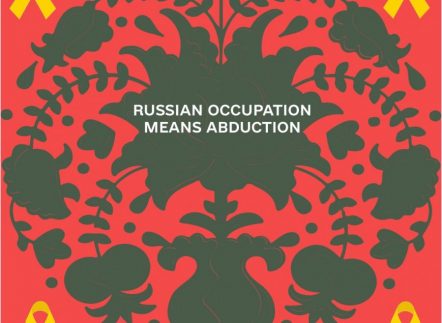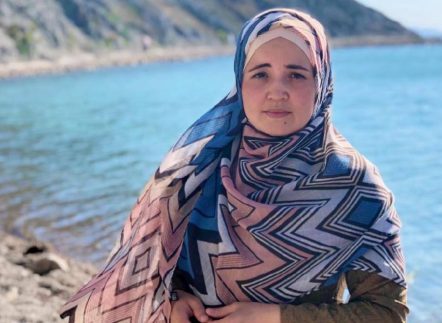Wherever Russia steps, Russia resorts to deportations. Since the initial occupation of the Crimean Peninsula in the late 18th century, the majority of its population has been forcibly displaced, their heritage obliterated and replaced with Russian culture.
1778: Russia deported Greeks and Armenians from Crimea.
1942: Russia again deported Greeks.
1944: Russia deported all Crimean Tatars, Greeks, and Karaites.
2014: Russia deported politically active Ukrainians and Crimean Tatars.
2022: Russia utilizes the Crimean Peninsula as a camp for deportees from territories occupied after its full-scale invasion.
The policy of continual deportations underscores Russia’s imperial governance strategy. Let’s delve deeper into this.
The Russian Empire had long sought control over the Crimean Khanate, crucial for dominating the Black Sea. It succeeded in the 18th century. At that time, the peninsula was home to a large Greek community spread across over 80 settlements.
Despite the majority adhering to Orthodox Christianity, a myth was propagated to justify the deportations. Russian occupying officials claimed it was to liberate Orthodox Christians from Muslim oppression. However, researchers uncovered a vastly different reality. Early modern Crimea was marked by religious tolerance, fostering numerous interfaith marriages and ethnic interactions, enhancing social integration.
In May 1778, Russian commander Alexander Suvorov initiated the deportation of the Christian population from Crimea. Despite direct threats from Russian emissaries, many opposed the deportation. Nonetheless, from July 28 to September 18, 1778, Catherine II’s orders led to the deportation of 30,333 individuals, including 15,812 Greeks, 13,316 Armenians, 162 Vlachs, 664 Georgians, and 379 Catholics from the Crimean Peninsula.
In 1942, the Soviet authorities forcibly deported over 30,000 Greeks from Ukraine and Crimea. In 1944, Lavrentiy Beria ordered the deportation of Crimean Tatars, Bulgarians, Greeks, and Armenians from Crimea, accusing the Tatars of undermining the Soviet regime in the Nazi-occupied peninsula and supporting the fascist occupation regime.
Pavlo Angelidi, a deported Crimean Greek, recounted: “In September 1944, the convoy reached Stalinska. People were placed in tents. The taiga surrounded us; we were forced to clear the forest because barracks needed to be urgently built; winter was approaching, and temperatures dropped to 50 degrees below zero in these regions.”
In 1944, the Crimean Peninsula was home to 12,075 Bulgarians, 14,300 Greeks, and 9,919 Armenians. The largest indigenous group, the Crimean Tatars, numbered 218,879, and they too were to be deported.
By expelling each indigenous group from Crimea, Russia utilizes the peninsula as a transit point or temporary resettlement center for Ukrainians deported from territories occupied after 2022. Decolonizing Crimea signifies freedom for the peninsula’s indigenous peoples.
